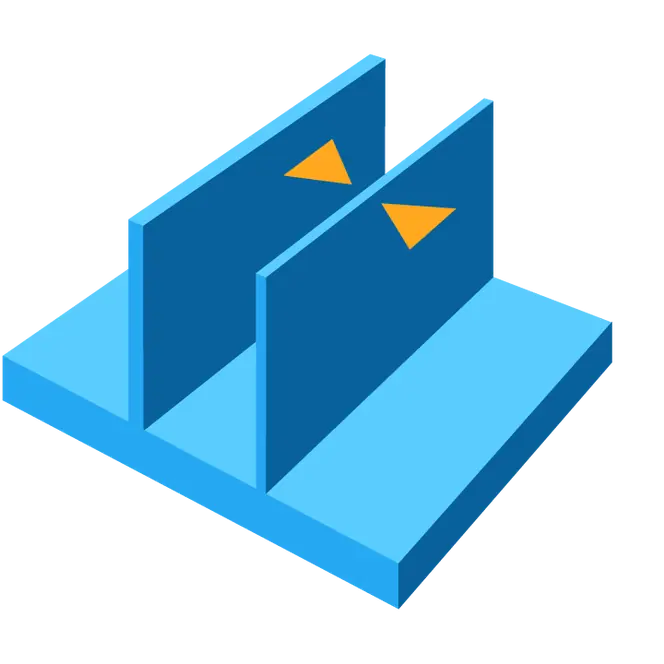Understanding Wall Thickness in 3D Printing
If you are familiar with 3D printing processes, you will understand and appreciate the importance of getting it right. When 3D printing parts, achieving tight tolerances and thin walls is affected by material, design and even dimension.
All forms of manufacturing, including 3D printing and CNC machining have an extent to how thin the walls in a design can be made without compromising structural integrity.
In some instances, product developers will successfully create a model with thin walls. In other instances, these thin-walled parts will result in part failure, instability, cracks and defects in the 3D printed part. If you’re to achieve additive manufacturing with structural stability and higher chances of printability, here are the guidelines to adhere to for 3D printing wall thickness.
Minimum Wall Thickness
Minimum wall thickness refers to the thinnest dimensions that your part can be on any supported or unsupported walls. They depend on the design and structure of the 3D model and even alignment and orientation of the part in the design. Walls that are too thin will likely result in warping, breakage or printing failure.
Maximum Wall Thickness
Just has having too thin walls can be a problem in your 3D part, having walls too thick can also result in some problems. First, metal materials used in 3D printing excessively thick walls may compromise the structural integrity of the part as they generate too much internal stress. Thicker walls also means more materials are used up in printing and consequently, a higher cost is incurred in making the part. One of the ways to avoid walls becoming too thin by making your 3D model hollow and sticking to recommended wall thickness dimensions.
Recommended 3D Printing Wall Thickness
Many factors come into play when trying to determine where the appropriate wall thickness for a design should be set. These factors include but is not limited to the type of 3D printer, the design, the material and the presence of other structural support elements in the design. At Firstpart, we have a range of values which we do not go below or beyond. These values vary for the type of material to be printed. See the table below:

These range of values are not definite. However, going below the lower range of values is likely to result in part failure, printing failure or defect. Generally, the thinner the wall, the lesser the chance of a successful print and the more likely you are to require a support structure. Thicker walls generally deliver more part stability and structural integrity. This is because thinner parts are likely to not survive post-printing operations like support removal and cleaning or resin deforming and detaching, warping and buckling during printing operations.
Bottom Line
There are many reasons why engineers and product developers will look to push the boundaries when designing their 3D parts; aesthetics, material savings, part strength and tighter tolerances. The effect of working at the extreme ends of wall thickness is however, part defects, printing problems and material waste that ultimately leads to a failed project.
Even in instances where you can manage to 3D print your materials outside the recommended tolerances, there is a big chance that the part functionality and strength will be compromised, making them unsuitable for end use or even prototype testing. Furthermore, mass production techniques like Injection molding or RTV molding are likely to be incompatible with your preferred thickness, affecting the manufacturing of your part on a larger scale.
In order to avoid printing problems, part defect, warping, part failure and material waste, stick to the recommended guidelines of DFM and wall thickness.
Firstpart 3D Printing Services in China
Firstpart offers a wide range of 3D printing solutions for both personal, commercial and industrial uses. Choose from a variety of printing options, filaments and finishes to produce high-quality parts that are suitable as production parts, prototypes or end-use devices. By simply contacting us, we can print and ship your parts to you anywhere in the world. We invite you to work with us and take advantage of our expertise in manufacturing functional designs with appropriate tolerances and wall thickness for sustainable use.
At Firstpart, we can help to optimize the performance of your design by including aesthetically pleasing 3D design models that ensures an improved overall part performance and combine the machining efficiency of CNC machines for attention-arresting outcomes. Click here to request a free quote or click here to contact us now and get started with your project!










